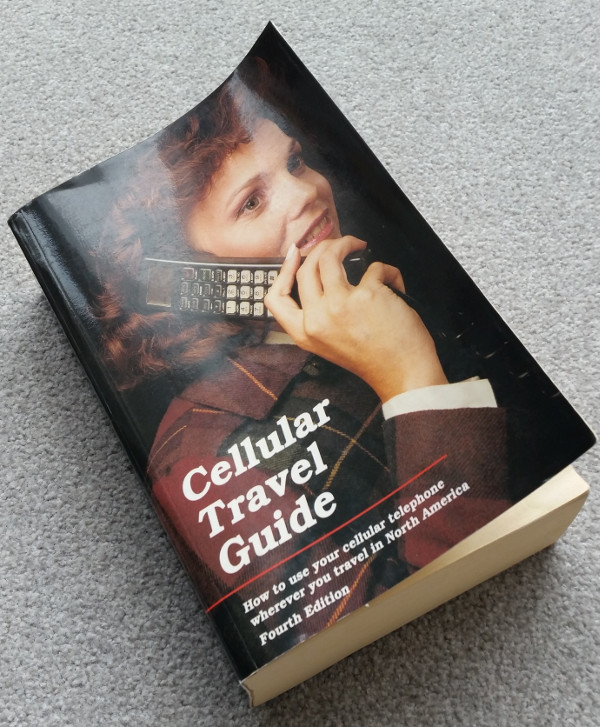I have an 802.11ac wave 1 capable router at home that supports an 80 MHz channel in the 5 GHz band. Unfortunately all my PCs are only 802.11abgn capable and the best I ever got out of the 40 MHz channel to which 11n devices are limited on 5 GHz through one wall was around 70 Mbit/s. I always thought it should have been more, given that my Thinkpad X230 with an Intel 6205 Wi-Fi card was pretty much on the high end of the price scale in 2013. So when I recently had a chance to put a current Skylake based Dell E5570 notebook with an Intel 8260 802.11ac chip in the same physical location I expected to see around twice that throughput as it can make use of the full 80 MHz channel. What I measured, however, took me quite by surprise.
Continue reading An 802.11ac vs. 802.11n Speed Comparison in a Real Life Scenario

